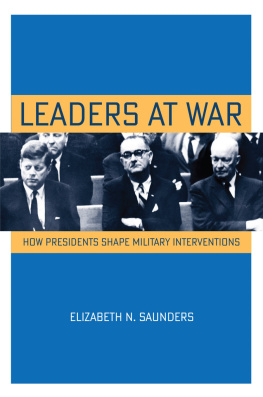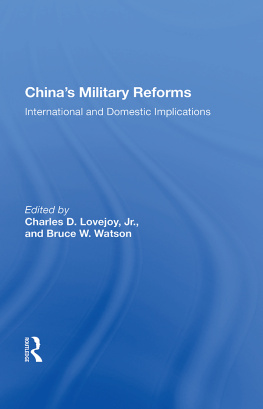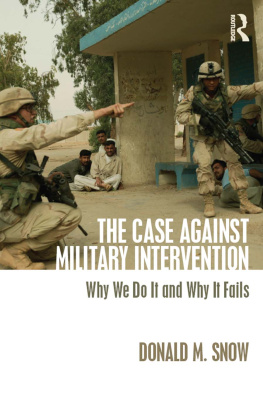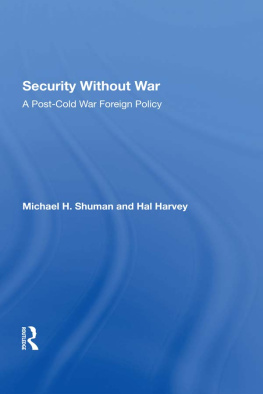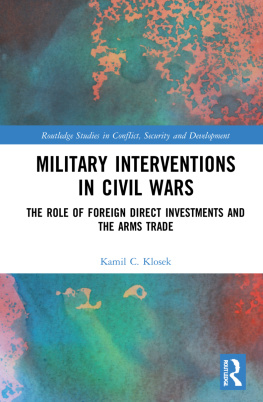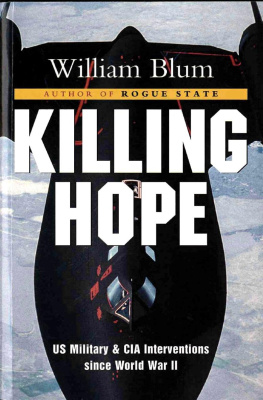Acknowledgments
During the years I have worked on this book I have been lucky to receive advice and support from many people whom it is now a pleasure to thank. First, I thank my advisers at Yale University, who helped guide this project from its inception: Bruce Russett, Keith Darden, and John Lewis Gaddis. Each contributed valuable advice and continually pushed me to refine my arguments and my research. Their different areas of expertise and collective intellectual energy improved the project immensely. I am indebted to the many other members of the Yale faculty and my fellow students who gave assistance, comments, and support along the way. I also thank my undergraduate adviser, Patrick Thaddeus, for his advice and encouragement as I shifted from studying physics and astronomy to political science.
I am grateful for the generous financial support I received for the project. A Harvard-Cambridge Scholarship helped me transition to studying international relations, and a National Science Foundation Graduate Research Fellowship supported several years of graduate school. The research itself was made possible by grants and support from the Smith Richardson Foundation (through Yales International Security Studies Program); the Yale Center for International and Area Studies (now MacMillan Center); and George Washington University. A Brookings Research Fellowship in Foreign Policy Studies allowed me to spend a year at the Brookings Institution, and I thank the many Brookings scholars who took time to discuss the project with me. A Bryce Fund Grant from the American Political Science Association supported my stay at APSAs Centennial Center, which was a congenial place to finish writing an early draft. A fellowship at the John M. Olin Institute for Strategic Studies at Harvard allowed me to spend a year revising the manuscript. I thank Olins director, Steve Rosen, and my Olin colleagues for providing extremely useful feedback at the Olin seminar and during countless conversations throughout the year.
I am also grateful to the many archivists who facilitated my research, and especially to Valoise Armstrong, Catherine Cain, and Chalsea Millner at the Eisenhower Library; Michael Desmond, Sharon Kelly, and Stephen Plotkin at the Kennedy Library; Allen Fisher and John Wilson at the Johnson Library; and Edward Barnes, Michael Hussey, and Martin McGann at the National Archives facility in College Park, Maryland.
The political science department at George Washington University (GW) has been a wonderful environment to finish the final version of the manuscript. My colleagues were very supportive and helpful, particularly in our young faculty summer colloquium. I owe special thanks to Marty Finnemore, who was a great source of encouragement and advice; Jim Goldgeier, who literally took the manuscript out of my hand and demanded to read the whole thing; Jim Lebovic, who shared his insights about Vietnam and Iraq in weekly Friday afternoon chats; and Charlie Glaser, who organized a book workshop (with the able assistance of Sarah Bulley) and provided excellent feedback. I am also grateful to Robert Adcock, Mike Brown, Llewelyn Hughes, Gina Lambright, Harris Mylonas, Chad Rector, and the late Lee Sigelman for their very helpful comments and suggestions on various drafts. In the history department at GW, I also thank Hope Harrison and Ron Spector for useful comments. For excellent research assistance, I thank Morgan Cotti, Kate Irvin, Shannon Powers, Amir Stepak, and Rachel Whitlark.
This project has benefited from feedback from many people throughout its development (though of course I alone bear responsibility for its flaws). I particularly thank seminar participants at the Yale International Relations Workshop; the Yale International Security Studies Colloquium in International History and Security; the Olin Institute at Harvard; the Institute for Global and International Studies at GW; the GW Cold War Group; Princeton University; the University of Chicagos Program on International Security Policy; the University of Notre Dames International Security Program; and the University of Virginias Miller Center of Public Affairs colloquium. I am grateful to GWs Institute for Security and Conflict Studies for sponsoring the book workshop, and I thank the outside readers, Andy Bennett, Larry Berman, and Jack Snyder, for taking the time to provide detailed feedback and lively discussion. In addition to those already mentioned, for their valuable advice and comments I am grateful to Deborah Avant, Davy Banks, Sara Berndt, Ted Bromund, Jonathan Caverley, Carolyne Davidson, Alexander Downes, Andrew Erdmann, Tom Flores, Benjamin Fordham, Dan Galvin, Lilach Gilady, Michael Glosny, Brendan Green, Alexandra Guisinger, Dan Hopkins, Susan Hyde, Richard Immerman, Andrew Kennedy, Andrew Krepinevich, Sarah Kreps, Austin Long, Jason Lyall, Tanvi Madan, Siddharth Mohandas, David Nickerson, Irfan Nooruddin, Tom Schwartz, Todd Sechser, Vivek Sharma, Mark Sheetz, Caitlin Talmadge, Jennifer Tobin, Stephen Watts, Vesla Weaver, Salim Yaqub, and Philip Zelikow. Rafaela Dancygier, Jim Goldgeier, Mark Lawrence, and Jim Lebovic, as well as the book workshop participants, deserve special thanks for reading and commenting in detail on the whole manuscript. I apologize to anyone I may have forgotten.
At Cornell University Press, I thank Roger Haydon for his support of the project throughout the publication process; the series editor Robert Jervis for his extremely helpful comments and suggestions; an anonymous reviewer for very useful feedback; and Susan Specter, Kimberley Vivier, and the able staff at Cornell for guiding it through the editorial and production processes. Dave Prout prepared the index. Portions of chapters 1, 2, 4, and 5 were published as Transformative Choices: Leaders and the Origins of Intervention Strategy, International Security 34, no. 2 (2009): 119161. I thank the journal and MIT Press for permission to use this material in the book.
The process of writing this book would have been far more difficult without the support and good humor of friends too numerous to name. I owe special thanks to Rafaela Dancygier, Lilach Gilady, Alexandra Guisinger, Dan Hopkins, Susan Hyde, and Helen LaCroix for countless rounds of advice, comments, and pep talks, even as they navigated their own academic projects.
Finally, I could not have completed this project without the support of my family. John and Catherine Nathan, in addition to being wonderful parents, instilled in me a love of international relations, science, and writing, influences that have come together in this project. My sister, Caroline Nathan Horn, has been a tremendous source of support and an invaluable friend. And my wonderful husband, Tom Saunders, was always ready to be my sounding board, proofreader, and cheerleader, and also provided vital comments on more drafts than I can count. He lived with this projectand put up with its authorwith an unfailing patience and good humor that sustained me throughout this process. I dedicate this book to my family, with deepest thanks.

